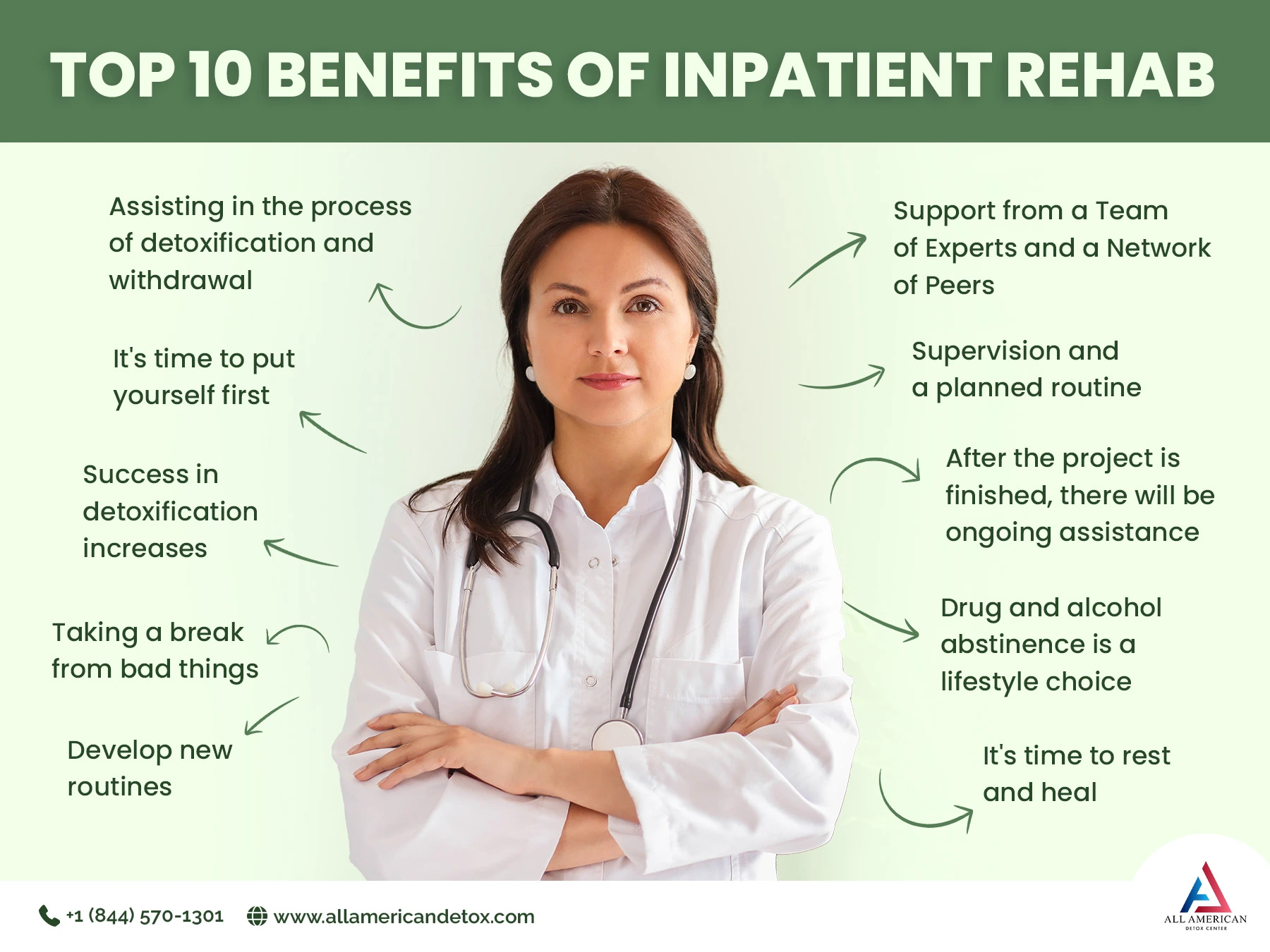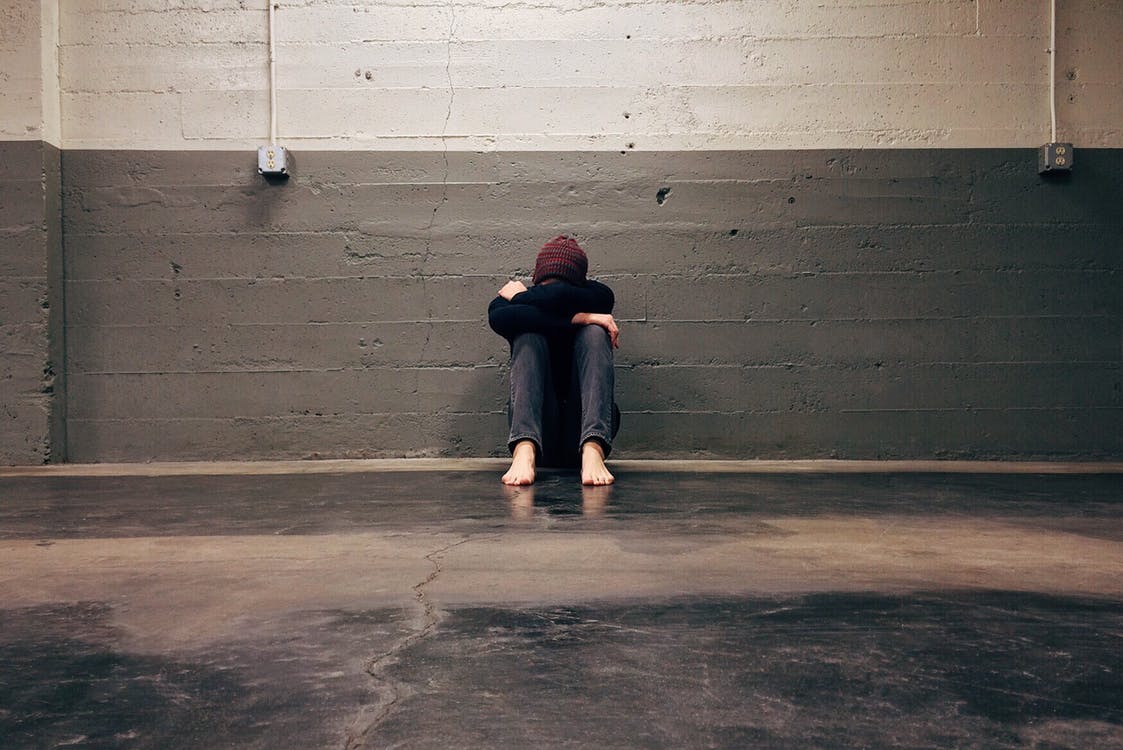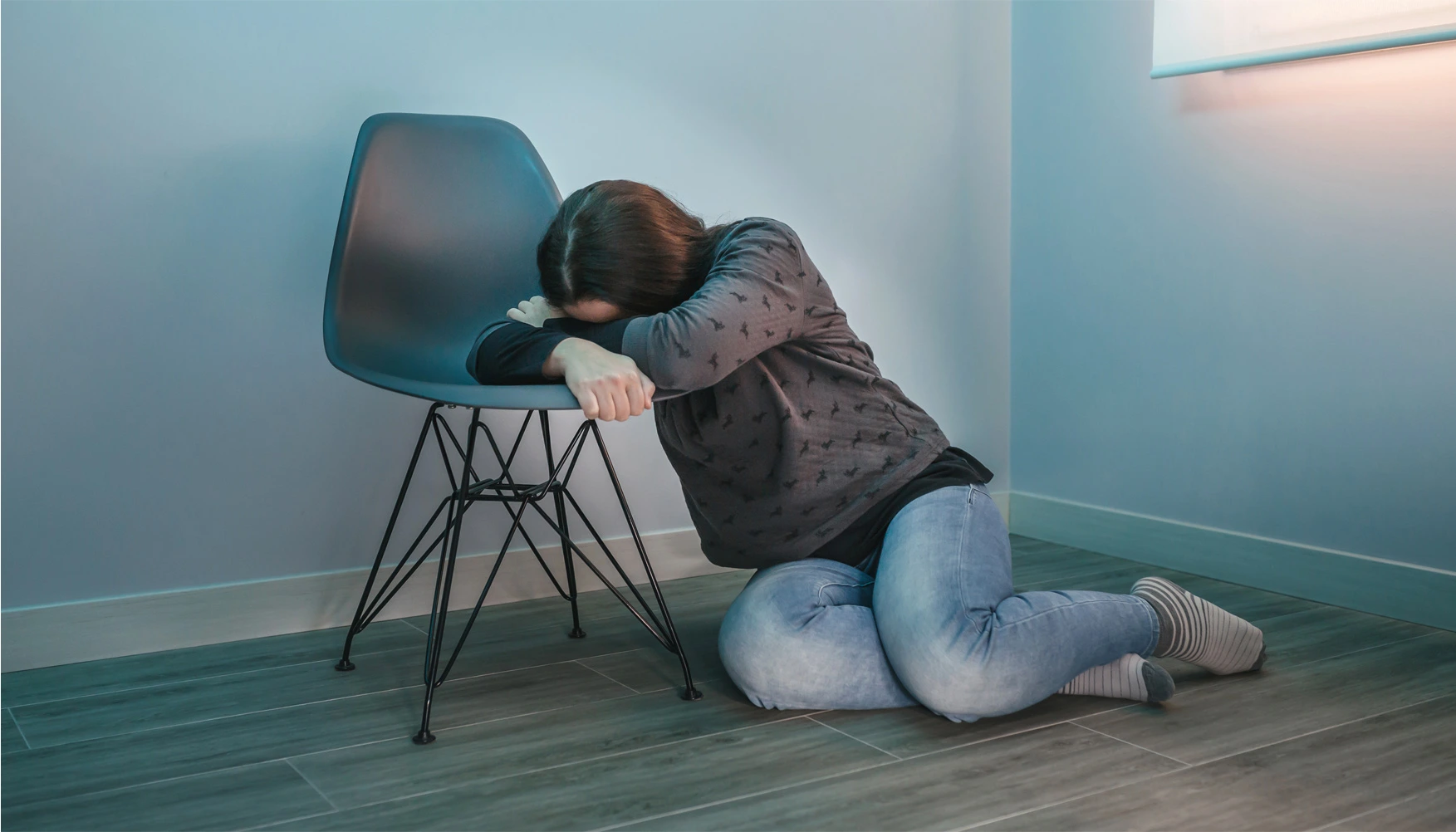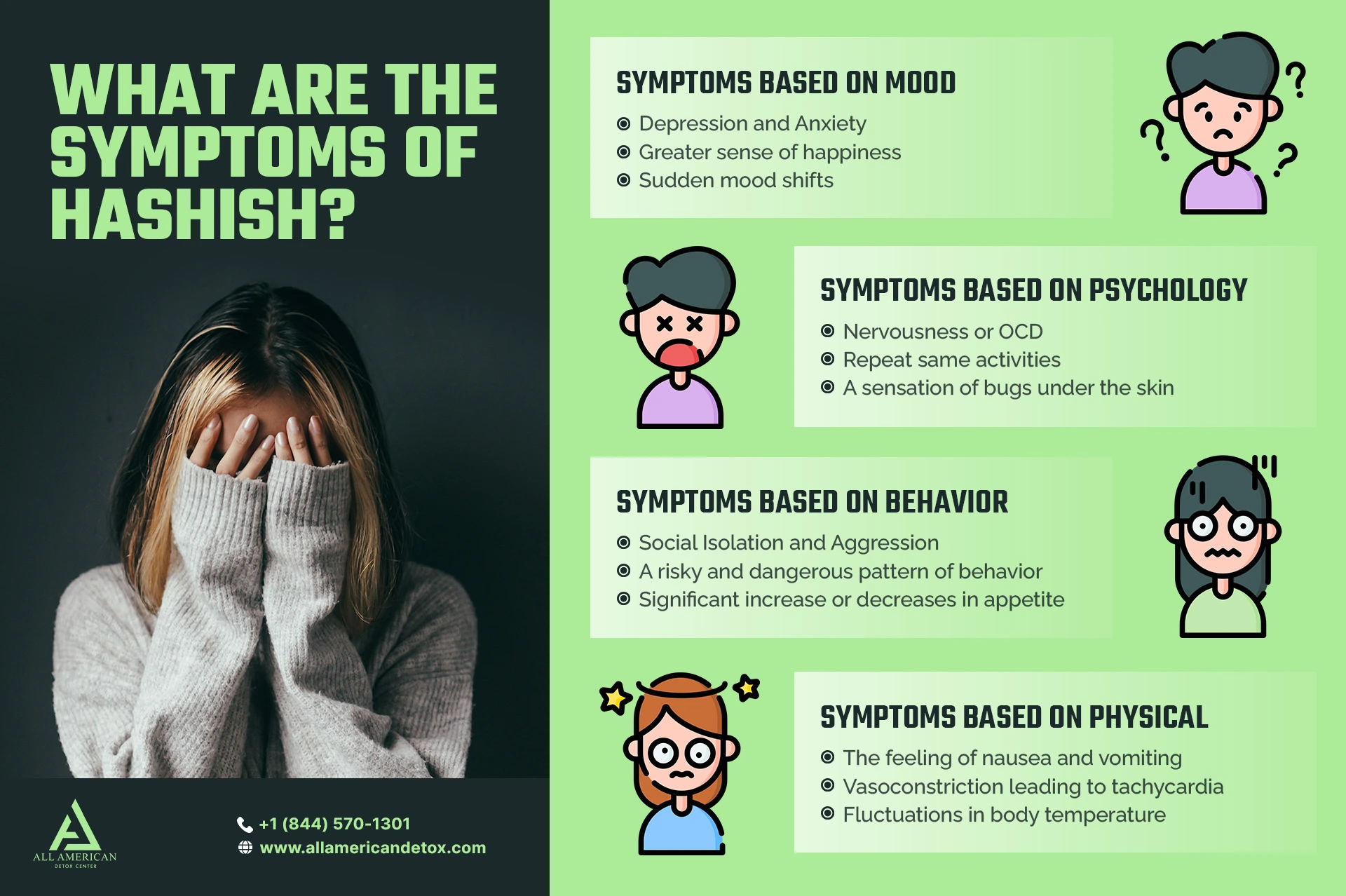Parenting does not come with a rulebook that guides you to raise perfectly self-sufficient and mentally stable children. It is a trial and error process that plays the biggest role in your child’s life. Most of our parents did not grow up discussing mental health as a normal conversation. Mental health concerns and resources are far more accessible and normalized now than they ever have been. But what is the difference between parenting and mental health problems? Are parents to blame if their child develops severe anxiety or depression? How can you prevent this from happening?
Here we will cover:
- What happens if parents have poor mental health
- Parents mental health support
- How children can be affected
- Practical ways to help
What Happens if Parents Have Poor Mental Health?
Parents or primary caregivers are likely the people most involved in a child’s life. This means if a parent has poor mental health, their child will absolutely be affected in some way or another.
Poor mental health could mean:
- Low self-esteem
- Lack of motivation
- Feeling sad or down
- Excessive fear or worry
- Excessive sleeping or insomnia
- Social isolation
- An inability to connect to others or the world we live in
Poor mental health can lead to severe anxiety, depression, untreated PTSD, or thoughts of self-harm or suicide. It can also lead to excessive alcohol or drug use. When parents have not been taught helping ways to cope with the stress and overwhelm life and parenthood brings, it can quickly turn into self-soothing through drugs or alcohol. This is problematic for nearly everyone involved in that person’s life, but especially their children.
As a parent, it is our main priority to ensure our children have their basic needs met. Are they fed, clean, hydrated, and supervised? But it is also our responsibility to make sure they feel loved, valued, adored, cared for, and important. So many of us grew up in emotional distant or physically distraught household environments. This can leave a child with years of emotional damage and greatly affect the way they show up in the world.
It was estimated that 10% of children ages 5-16 have a clinically diagnosed mental health problem and about 20% of adolescents may experience a mental health problem within any given year. But if parents work on healing themselves, and discussing mental health with their children, they can learn to support themselves in a healthy and fulfilling way to then teach this to their children.
Parent’s Mental Health Support
Seeking mental health support does not always come before the children and is an ongoing, never ending process. Therapy can be a helpful way to unload any personal baggage you may be carrying around. There are many different types of therapeutic modalities that can help you navigate and manage any sort of mental health problem.
Parents are often viewed as people who “have it all together.” Children look up to you, other parents may look up to you, and there is a lot of pressure to maintain that image. But parents need mental health support too. There are also tons of parenting support groups that may be able to connect you with other parents dealing with similar issues. The biggest thing to remember, is that while the healing work may be helping you better understand yourself, it is also helping the way you connect and show up for you child.
How Children can be Affected: Practical Ways to Help
When a parent or both parents are struggling with poor mental health, this becomes a risk factor for maltreatment. Parents who struggle with low self-esteem, lack of motivation, poor impulse control, antisocial behavior, high anxiety, or depression compromise their ability to properly care for their child. Children may be abused or neglected due to their parent or caregiver having untreated mental health issues. They may grow up with a lack of self-worth, trauma, feelings of being invisible or not important, or develop their own negative self-soothing practices such as substance abuse or self-harm.
If you are a parent dealing with mental health struggles, you are not alone. Parenting is one of the toughest roles you can take and while it may bring loads of joy and happiness, it can also bring up hardships and struggles. The good news is, there are practical ways to help yourself and your relationship with your child.
The most practical step you can take, is finding a local therapist that can help you understand and manage the symptoms of your mental health issues. There are plenty of therapist that accept insurances or offer a sliding scale-fee. There are also several online therapy services offered at a low cost. Therapy can be an intimidating and daunting experience, but it is available to help you let go of what has been holding you back and find self-soothing techniques to alleviate some of the discomfort caused by your poor mental health.
Other practical ways to help include:
- Exercise
- Mindfulness practices such as meditation or journaling
- Reading self-help books, specifically focused on the mental health issue you may be experiencing
- Breathwork exercises to help calm your nervous system
- Spending time with others
- Talking to a trusted friend about your struggles
Get Help
A child’s mental health is supported by their parents. Children learn from the environment they are living in. They can feel the energy within the room even before they are capable of expressing their thoughts or feelings. This is why it is so important for a parent to get help if they are struggling with poor mental health.
If you, or someone you know is struggling with alcohol or substance abuse, All American Detox Center is here for you. All American Detox Center provides clinical support to those who may be battling with an addiction. Please call (844) 570-1301 today to get the help you need and deserve.
Also Read: How to deal with depression and anxiety
Treatment Options for Drug & Alcohol Abuse at All American Detox
Are you finally ready to quit drugs and alcohol once and for all? All American Detox is a drug and alcohol treatment and rehab center in Los Angeles California. Our detox and residential inpatient programs can help you overcome substance abuse in comfort and with confidence. For more information, call us today at (844) 570-1301.
Citations
National Alliance on Mental Illness (NAMI). “Warning Signs and Symptoms.”
https://www.nami.org/About-Mental-Illness/Warning-Signs-and-Symptoms.
Mental Health Foundation. “Children and Young People Statistics.”
https://www.mentalhealth.org.uk/explore-mental-health/statistics/children-young-people-
Child Welfare Information Gateway. “Mental Health of Parents and Caregivers.”
https://www.childwelfare.gov/topics/can/factors/parentcaregiver/mentalhealth/#:~:text=A
%20parent%27s%20or%20caregiver%27s%20mental,these%20factors%20can%20comp
BC Mental Health and Substance Use Services. “10 Tips to Booth Your Mental Health.”
http://www.bcmhsus.ca/about/news-stories/stories/10-tips-to-boost-your-mental-health Retreived October 4, 2018.













